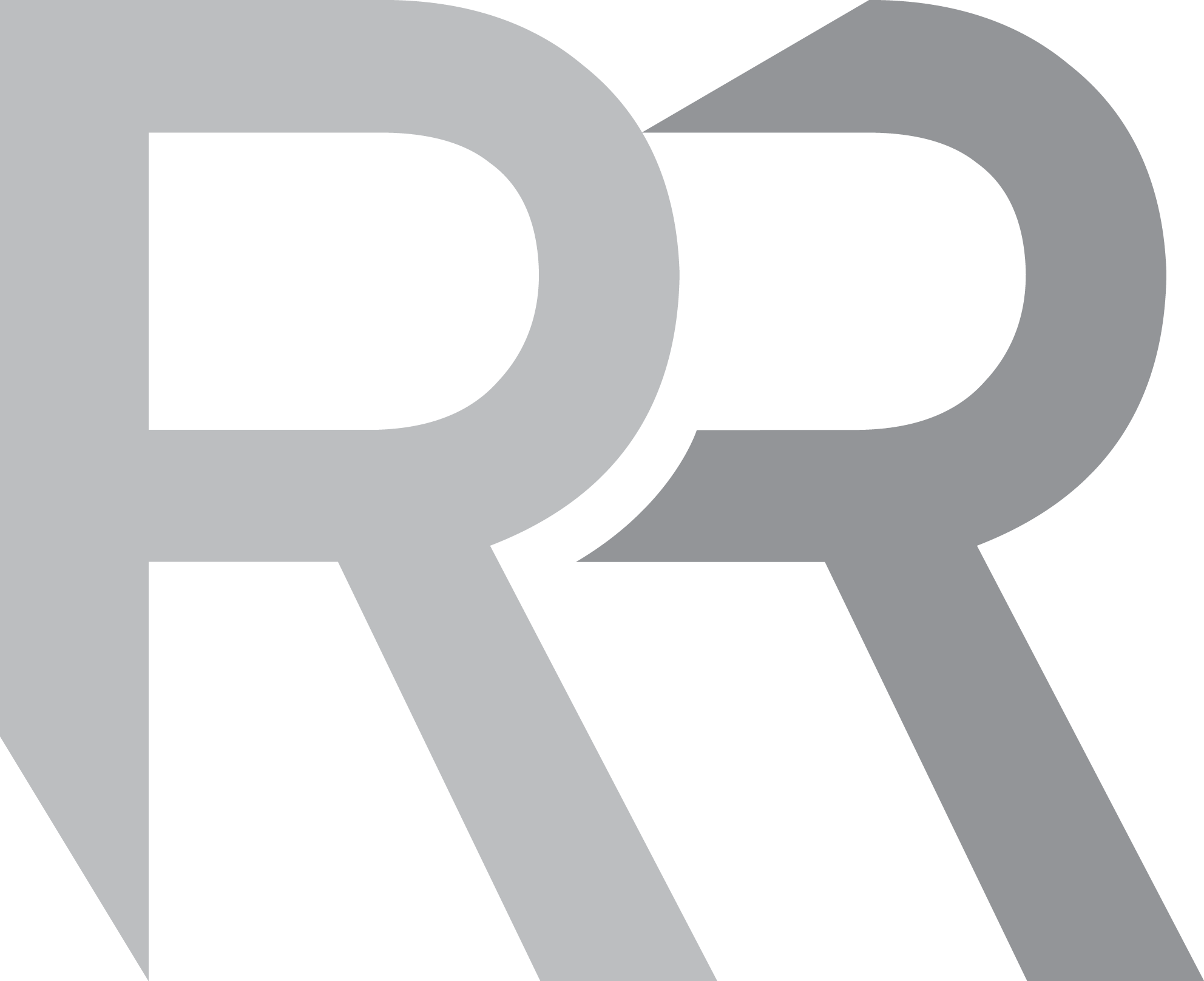
CLIENT
Elsevier
MY ROLE INVOLVED
UX Researching
UI Development
HiFi Prototypes
SUMMARY
I impressed the management here with my creativity onto this CRO project which changed the clients perception of what they can do for lead gen in 2020.
PROBLEM STATEMENT #1
As a consultant for Performics, I was asked to take a look at some technical SEO issues on the Elsevier.com website and then conduct UX and CRO audits for various sections of the website, depending on what the client deemed important.
With regard to UX, my first port of call was to evaluate the main user conversion pages and provide best practice recommendations, followed by the same with the 'thank you' pages. Due to signing an NDA I'm not able to disclose the exact nature of the data which I had access to via Adobe Analytics, but I am able to confirm that my decisions and thought-process for page enhancements were driven largely by facts and figures. Following success those smaller projects, I was asked to undertake two larger projects which featured some work which was praised by both management here at Performics and at client-side level too.
RESEARCH & ANALYSIS PROCESS
- Analysing Quantitative Data
- Heuristic Review
- Identifying Main Roadblocks in User Journey
- Recommendations
THANK YOU PAGE ROUTE TO GOAL
KEY FOCUS AREAS
- Personalisation when thanking the user for showing interest in their services to build a bond
- Adding related content to the page in order to keep users on the website and recycle their interest
- Client testimonies to reaffirm the users expectation in the brand and feel positive about their decision
- Social sharing buttons to help users shout about the service they had just signed up for
PROBLEM STATEMENT #2
The next issue which I was asked to find a solution to was the Scopus landing page and to devise a plan which would lead to increased lead-gen volume. Scopus is one of the child brand names from the parent brand Elsevier.
I started off by creating what I call an IA heat map. I wanted to map out all of the pages inside the Scopus section of the website and ascertain the path which users seemed to be taking when navigating the section. Understanding this part of the project would help me to understand what seems to have been motivating the users so that I can channel my thinking into theirs.
LANDING PAGE ISSUES
- Looking at the landing page closely on desktop and mobile highlighted several issues
- Some obvious best-practices cues weren't being adhered to
- Distractions on the page were diluting the key message of the product
- First impressions on mobile weren't strong


LOOKING AT THE COMPETITION
- Clearer messaging that speaks better to the target audience
- Better focus on USPs to help sell the service offering
- Better focus on CTA prominence
WIREFRAMES AND PROTOTYPES

THE FINISHED PIECE
To really help sell the ideas to the clients for our pitch, I said I would be happy to hand-code a live demo of the concept in HTML/CSS/jQuery which would offer a higher level of fidelity than you could ever expect from even the best UX prototyping tools. I cooked up a few variations which you can take a look at via the links here. It's safe to say that the client (Elsevier marketing VP) was very impressed with the ideas put forward and they were keen to open dialogue with their internal development team to discuss how their website templates could be adapted to incorporate the concepts.
